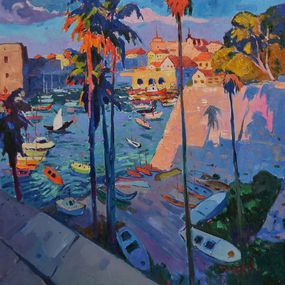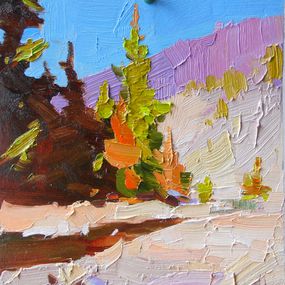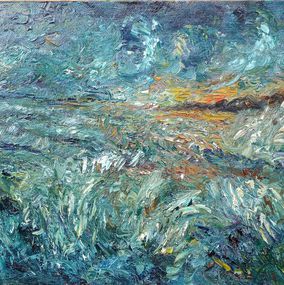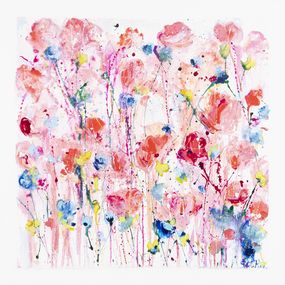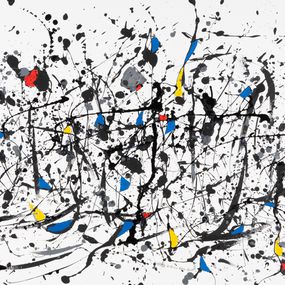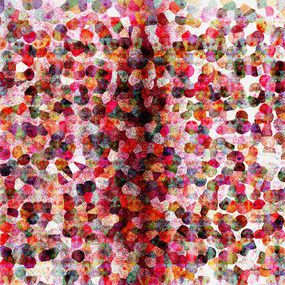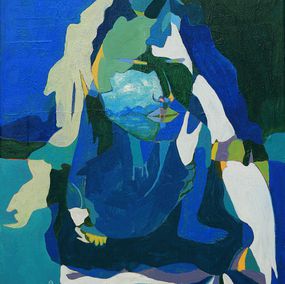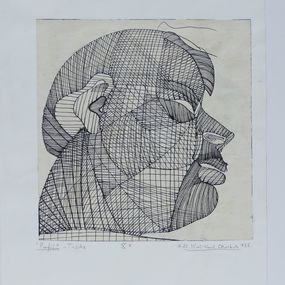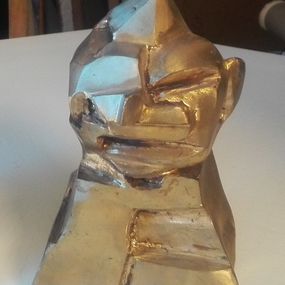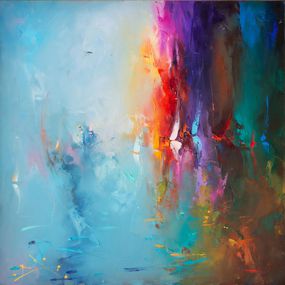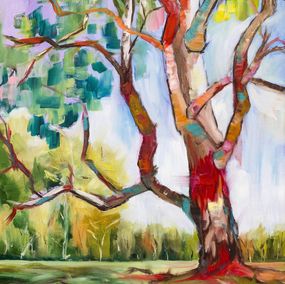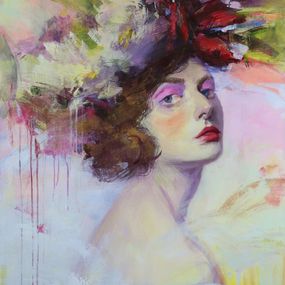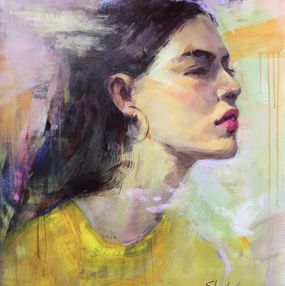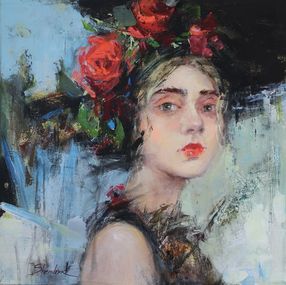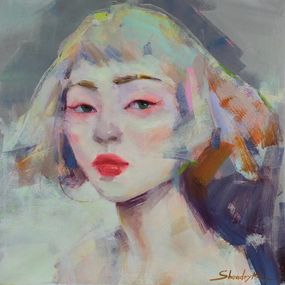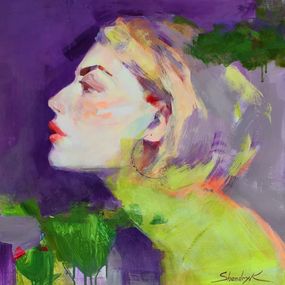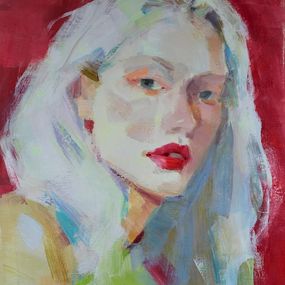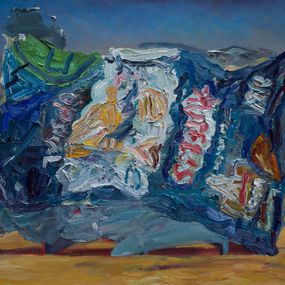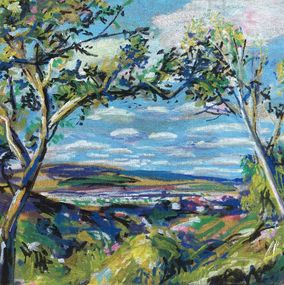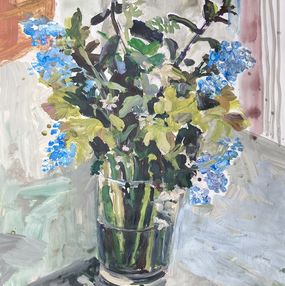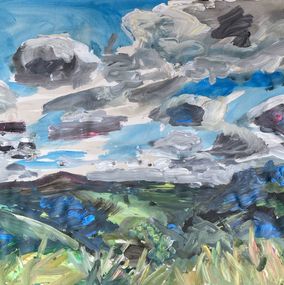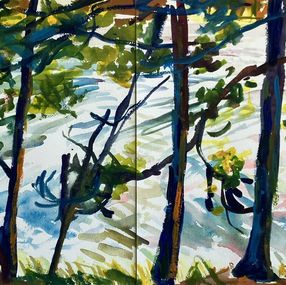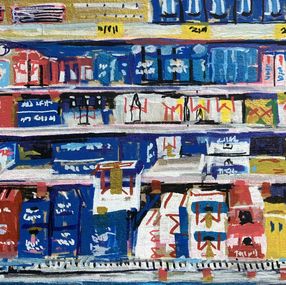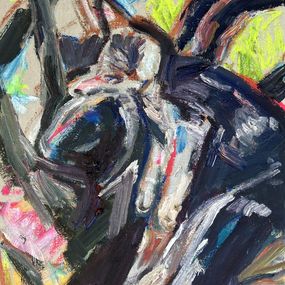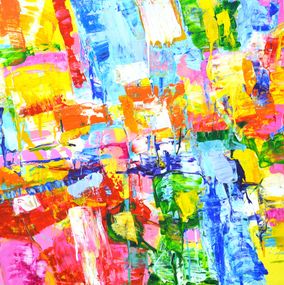
Post-Impressionism
Post-Impressionism was an artistic movement based principally in France between 1886 and 1905. These years mark the last exhibition held by the Impressionists, and the beginning of Fauvism. Post-Impression was born out of a reaction to impressionist art, which depicted light and color in a naturalistic way. Instead, Post-Impressionist artists favored bright, unnatural colors and emphasized the painterly qualities of their work. They also frequently used geometric and distorted forms that heightened their shift away from naturalism.
Post-Impressionism differed from Impressionism in its aim to express emotion through art, rather than simply producing visual impressions. It often leaned towards abstraction and symbolism. However, the Post-Impressionists did not totally reject Impressionism. They still used various Impressionist elements like painting from life and the impasto technique, where paint is applied thickly to show its texture.
The artists considered as the leaders of Post-Impressionism are Vincent van Gogh, Paul Gauguin, Georges Seurat and Paul Cézanne. The movement includes various different art styles and movements such as Les Nabis, Neo-Impressionism, Symbolism, the Pont-Aven School and Synthetism. This reflects the diversity in style of Post-Impressionist art.
Today, join Artsper as we discover artists inspired by the work of this legendary art movement, such as Sophie Petetin and Alexander Shandor.





